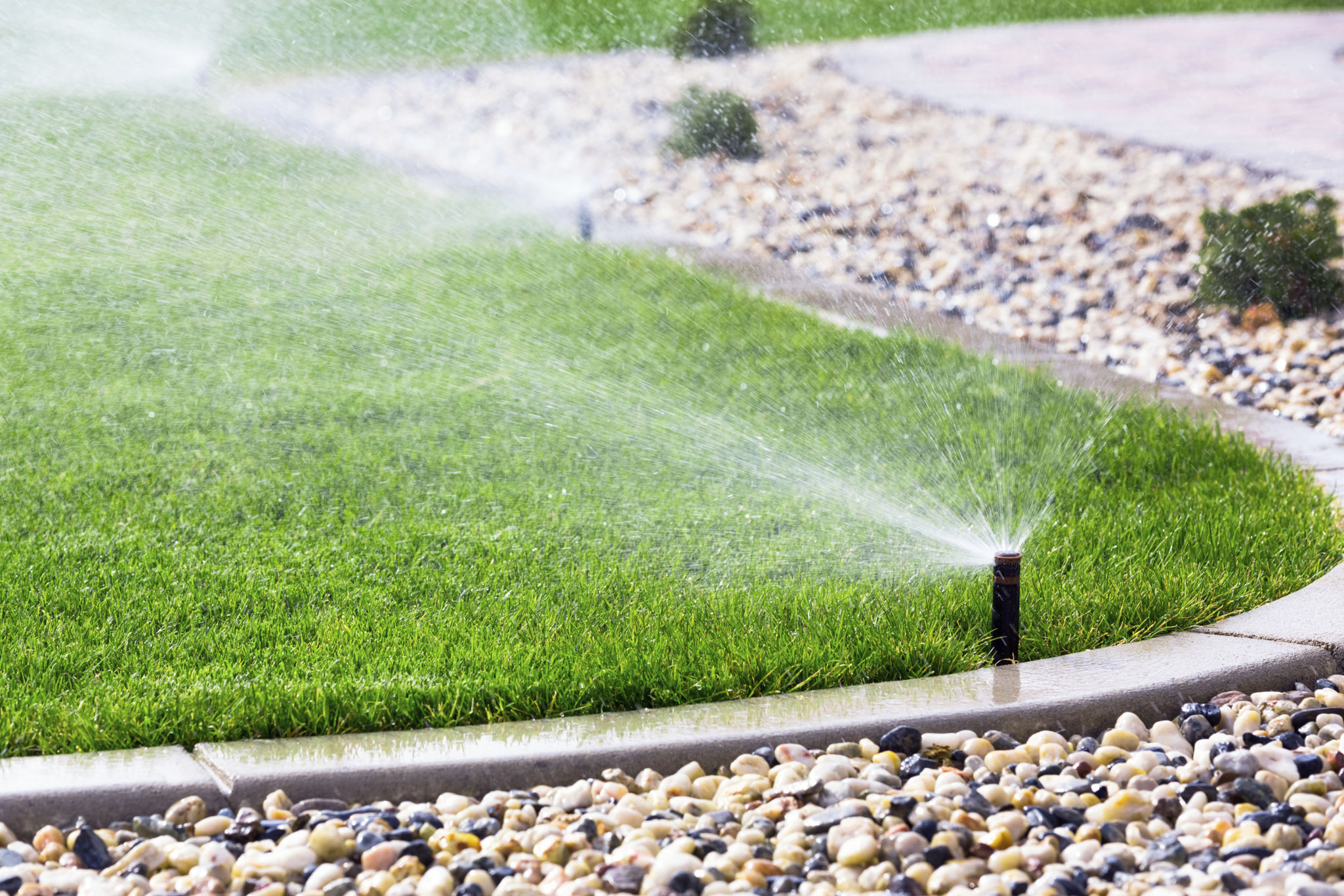Expert Tips for Maintaining a Pristine Lawn Year-Round
Understanding Your Lawn's Needs
Maintaining a pristine lawn year-round requires understanding the specific needs of your grass type. Whether you have cool-season grasses like fescue or warm-season varieties such as Bermuda, knowing their growth patterns is crucial. Cool-season grasses thrive in spring and fall, while warm-season grasses flourish in the summer. Tailoring your care routine to these growth cycles will help keep your lawn lush and green.

Regular soil testing is also a key factor in lawn maintenance. By assessing the pH levels and nutrient content of your soil, you can make informed decisions about fertilization. Most grasses prefer slightly acidic soil, so adjusting the pH as needed ensures optimal growth conditions. Testing your soil annually can prevent over-fertilizing and help maintain a balanced ecosystem.
Effective Watering Techniques
Proper watering is essential for a healthy lawn. The goal is to water deeply and infrequently, encouraging deep root growth. Lawns generally require about one inch of water per week, including rainfall. Early morning is the ideal time for watering, as it minimizes evaporation and allows the grass to dry before nightfall, reducing disease risk.
Consider installing a smart irrigation system to optimize water usage. These systems can adjust watering schedules based on weather conditions, ensuring your lawn receives the right amount of water without waste. This not only benefits your lawn but also conserves water, making it an environmentally friendly choice.

The Importance of Mowing
Mowing is more than just cosmetic; it's an integral part of lawn health. Grass should be mowed to the appropriate height for its type, usually about one-third of the blade length at a time. Cutting too short can stress the grass and lead to weed growth. Maintaining sharp mower blades is also crucial, as dull blades can tear grass, making it susceptible to diseases.
For the best results, vary your mowing pattern each time to prevent soil compaction and wear patterns on your lawn. Additionally, leaving grass clippings on the lawn can provide natural fertilization as they decompose, returning nutrients to the soil.
Fertilization and Weed Control
Fertilizing your lawn provides essential nutrients for growth and resilience. The timing and type of fertilizer depend on your grass type and climate. A balanced fertilizer applied in early spring and fall is generally recommended for cool-season grasses, while warm-season grasses benefit from fertilization in late spring and summer.

Weed control is also vital for maintaining a pristine lawn. Regularly inspect your lawn for weeds and address them promptly. Manual removal or targeted herbicide applications can prevent weeds from spreading. Using pre-emergent herbicides in early spring can also help prevent weed seeds from germinating.
Aeration and Overseeding
Aeration is a technique that involves perforating the soil to improve air exchange and nutrient absorption. This process helps alleviate soil compaction and promotes healthy root growth. It's typically performed in the fall for cool-season grasses and in the spring for warm-season varieties.
Overseeding involves spreading grass seed over an existing lawn to fill in bare spots and improve turf density. This practice is best done following aeration, as it allows seeds to make direct contact with the soil, enhancing germination rates. Regular overseeding keeps your lawn thick and reduces the likelihood of weed infestation.